The Battle Of Midway 75th Anniversary: Turning Point In The Pacific [Part Four]
June 12, 2017 by oriskany
Good afternoon, Beasts of War, and welcome back to our article series commemorating the 75th Anniversary of the Battle of Midway. Fought between the navies of the United States and Japan in 1942, few naval battles in the history of warfare have altered the course of a war so radically and so quickly.
In taking this “wargamer’s tour” of Midway, I’ve had the great pleasure of working with Hendrik Jan Seijmonsbergen (BoW: @ecclesiastes), who’s provided dozens of fantastic photos of warship miniatures need to do Midway justice, and battle reports from Midway wargames, as played in his “Naval War” system available here: www.naval-war.com.
If you’re just joining us, so far we’ve reviewed Midway’s significance and Japanese planning in Part One. Part Two reviewed initial approaches and first strikes, and Part Three saw the tide of the battle (and the Pacific War) turn with a devastating American dive-bomber attack that crippled most of the Japanese carriers.
But even having suffered such a devastating blow (the loss of their carriers Akagi, Kaga, and Sōryu, along with hundreds of priceless naval pilots), the Japanese weren’t giving up. They still had one carrier left, the Hiryū (“Flying Dragon”), and were hell-bent on payback for what the Americans had done to them.
Vengeance
With the other three Japanese carriers still burning, the Hiryū was immediately given orders to launch every plane she had at the Americans. This was done quickly enough, as the Japanese fleet had been preparing to launch a strike anyway when those dive-bombers had arrived to wreak some unimaginable damage.
The Japanese air strike, naturally, was much smaller than originally planned. Still, the carrier Hiryū sent up a force of Aichi D3A dive-bombers (code-named “Val” by the Americans) and an escort force of Zero fighters. But here is where we run into the first big difference between American and Japanese carrier task forces …
The Americans had radar. The Japanese did not.
Bear in mind, “radar” in the early 1940s was hardly what it is today. Nevertheless, the American carrier Yorktown was able to detect the incoming Japanese strike about seventy-five miles out (roughly eighteen minutes’ warning).
Thus, the dozen or so F4F Wildcat fighters already flying CAP (“Combat Air Patrol”) were able to intercept the Japanese well before they reached the Yorktown. This interception gave the Yorktown time to launch fifteen more Wildcats, ensuring the Japanese “Val” dive-bombers would have a hell of a time making the bombing run.
Nevertheless, the escorting Zero fighters managed to tangle up the Wildcats enough for fourteen Vals to get through. Nine more were lost to AA fire, but five survived to drop bombs, three of them hitting the USS Yorktown. But here is where we see another difference between Japanese and American warships: Damage control.
Where three hits, two, or even one bomb hit had blown up Japanese carriers like 38,000-ton boxes of gasoline-soaked fireworks, Yorktown was able to survive similar bomb hits with remarkable resilience. Mostly the reasons boil down to better training in damage control and that crucial few minutes’ warning afforded by radar.
One, there was no ordinance left stacked on Yorktown’s flight or hangar decks. American carrier crews were also trained to flood their aircraft fuelling lines with carbon-dioxide during an attack, ensuring that high-octane aviation fuel would not blow up if these fuel lines took a hit. Fire fighting training and equipment was also much better.
Nevertheless, Yorktown was badly damaged, losing almost all her boilers, two of her three aircraft lifts (enormous elevators in the flight deck that bring up aircraft from the hangar deck below) and her radar room. But fires were quickly brought under control, and no fuel or magazines exploded within Yorktown’s hull.
So complete and so fast was Yorktown’s recovery, in fact, that less than two hours after being hit, she was making twenty knots under her own power and even launching and recovering her own fighters.
It was a good thing Yorktown had those fighters in the air because the defiant Hiryū (again, the last Japanese carrier at Midway) had already launched her last aircraft, a cobbled-together group of Zero fighters and Nakajima B5N “Kate” torpedo bombers. Their target, again, was the Yorktown.
This second Japanese attack wave was mostly drawn from the squadrons of the dying carriers Akagi, Kaga, and Sōryu, planes that had been fortunate enough to be in the air when the Dauntless dive-bombers had gutted the three Japanese carriers. Such was the state of the once-proud Japanese carrier air force at Midway.
Again forewarned, the Yorktown’s fighters were able to make the Japanese pay dearly for this second strike. Since the Yorktown was not burning and making good speed, the Japanese, in fact, thought they were attacking either the Enterprise or Hornet (remember these ships were all of the Yorktown class, and thus look almost exactly alike).
Despite horrific losses, five Kates managed to launch torpedoes into the water against Yorktown, two of which hit her on the port (left) side. One of the Kates also deliberately crashed directly into the Yorktown, setting off a titanic explosion.
This time Admiral Fletcher had to give the order to abandon ship. Still, the Yorktown wouldn’t sink, and throughout the afternoon and evening, firefighting efforts continued, as well as counterflooding to correct the ship’s dangerous list to port. For a while it looked like the Yorktown might yet be towed back to Pearl Harbor and saved …
Hiryu's Last Stand
Even as the Yorktown fought for her life, her scout planes had re-located the last Japanese carrier, the Hiryū. The two carriers from Task Force 17 (USS Enterprise and Hornet) launched a combined strike at the Hiryū, including some aircraft “orphaned” from the crippled Yorktown.
By 1700 hours on June 4th, this massed force of SBD “Dauntless” dive-bombers and Wildcat fighters had reached the Hiryū and were screaming down out of the sky. Hiryū twisted and turned, every gun ablaze, her remaining Zero fighters fighting back frantically.
None of it helped. Despite valiant Japanese efforts, the Hiryū was struck by no less than four bombs. The first two hit near the bow, blowing the massive forward elevator completely from its housing. The other two struck aft, again catching a waiting strike wing as it was poised for take-off. Ammunition and fuel exploded, and Hiryū was doomed.
It’s genuinely difficult to overstate the dramatic cataclysm that had befallen the Japanese through the course of June 4th, 1942. In just one day, the dominant power of their “Kidō Butai” carrier strike force had been broken forever. Even worse than the loss of the carriers were the aircraft, and the priceless experience of hundreds of elite pilots.
Yet even now, the Battle of Midway was not over. As the sun finally set on June 4th, 1942, and the smouldering hulks of the Akagi, Kaga, Sōryu, and Hiryū entered their final death throes, the American carrier USS Yorktown was still fighting for her life. Fires and flooding were again under control … could the ship still be saved?
Also, hundreds of miles to the west, huge fleets of powerful Japanese battleships and cruisers had yet to engage. Among these was the flagship of the Japanese Navy, the battleship Yamato, the largest battleship the world would ever see. There was also the Midway Invasion Force, with yet more battleships, cruisers, and 5000 Japanese marines.
Even now, was it remotely possible that these dreadnaughts could catch the American carriers in a gunnery duel? Could the slaughter of the Japanese carrier strike group be revisited upon the Enterprise, Hornet, and Yorktown (assuming she was still afloat when the sun came up), using the “big battlewagon guns” instead of aircraft?
We hope you’ve enjoyed this wargamer’s look at the Battle of Midway. The battle is just about over at this point, but a few last strikes remain. In next week’s finale, we’ll look why Midway turned out this way, review the battle’s effects (both in the Pacific War and naval warfare in general), and perhaps some “what-if” alternative outcomes.
Most importantly, we’ll look at how battles like Midway can best be adopted into a wargame setting. Miniatures rules can be a little problematic, after all, when your battle area is 500 miles across, some of your combat units move at 300 miles per hour, and other units are 800+ feet long.
Meanwhile, we hope you’ll check out Hendrik Jan Seijmonsbergen’s “Naval War” system at www.naval-war.com, quite honestly one of the best-rounded, most applicable systems (not too detailed, not too simple) I’ve seen for WWII naval combat. And of course, comment below, and come back next week for the grand finale!
If you would like to write an article for Beasts of War then please contact us at [email protected] for more information!
"They still had one carrier left, the Hiryū (“Flying Dragon”), and were hell-bent on payback for what the Americans had done to them..."
Supported by (Turn Off)
Supported by (Turn Off)
"...we hope you’ll check out Hendrik Jan Seijmonsbergen’s “Naval War” system at www.naval-war.com"
Supported by (Turn Off)
































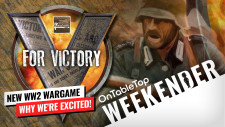
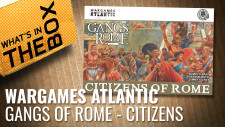
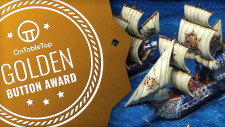
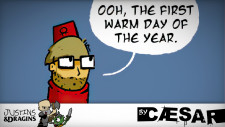







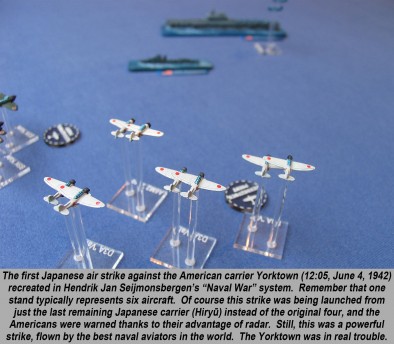
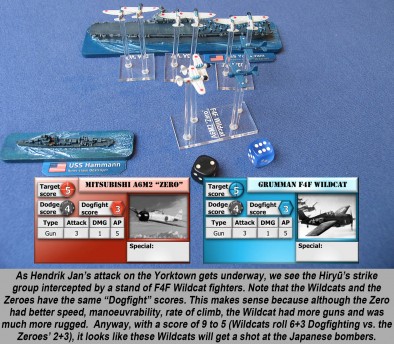
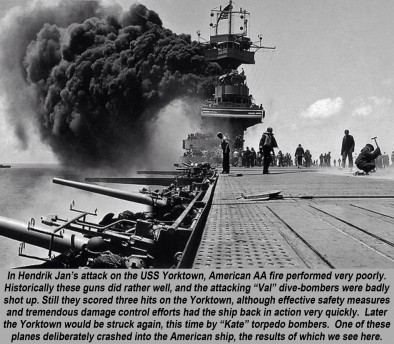
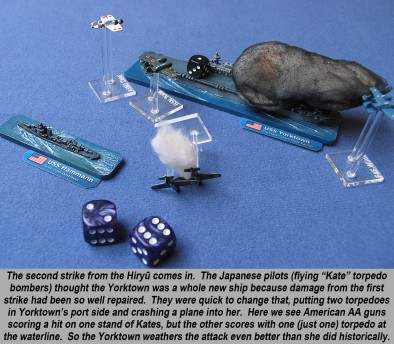

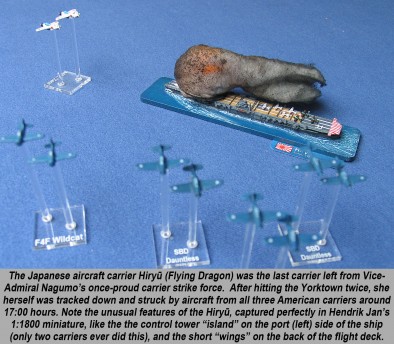
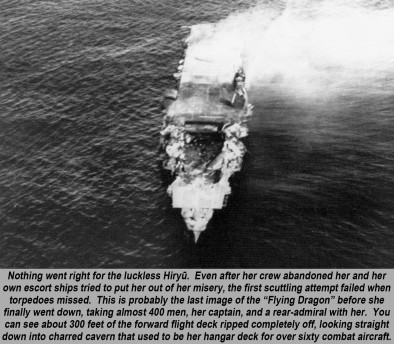

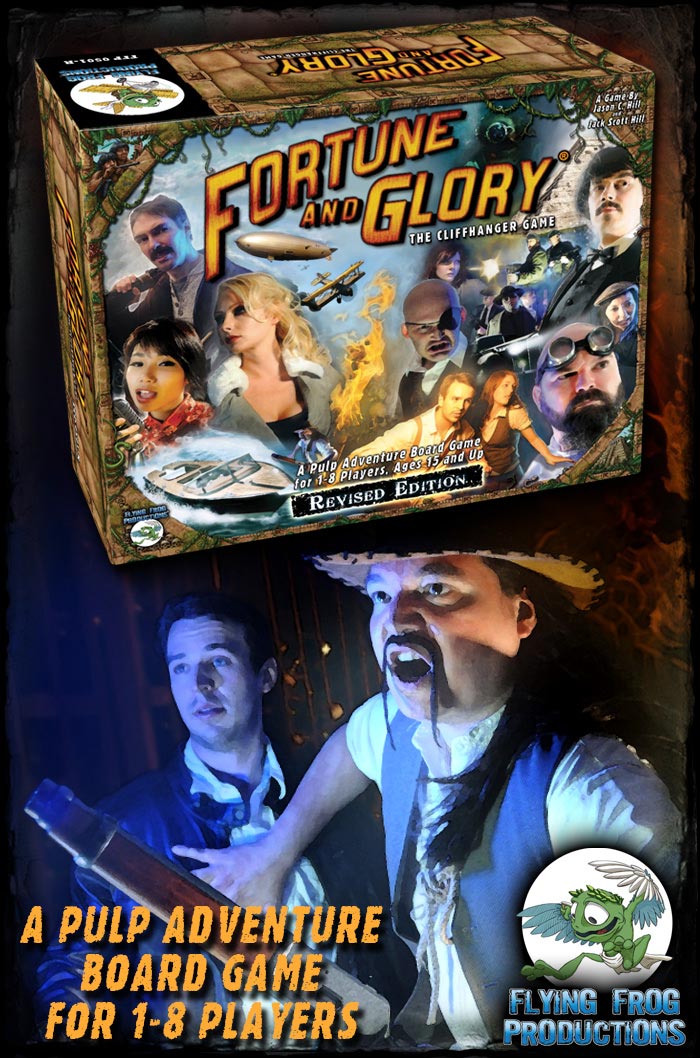


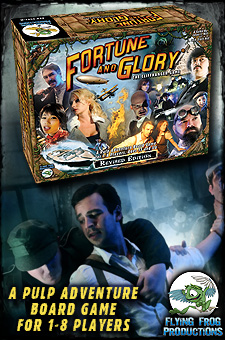

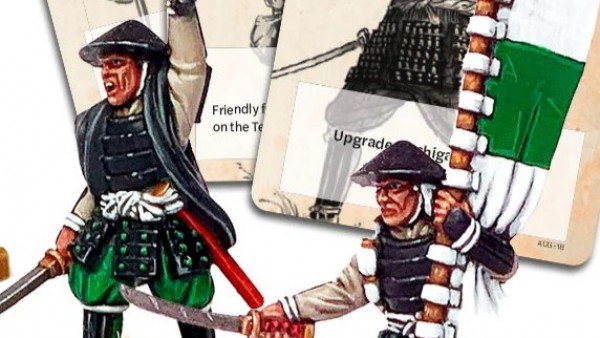
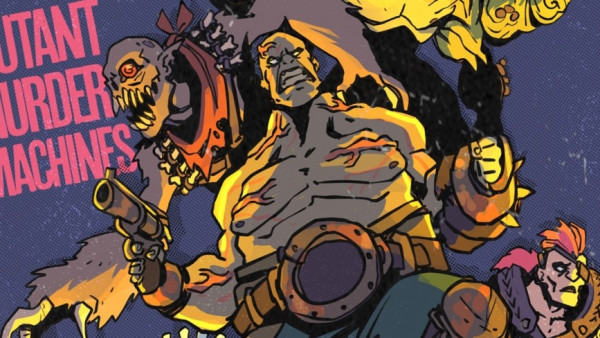



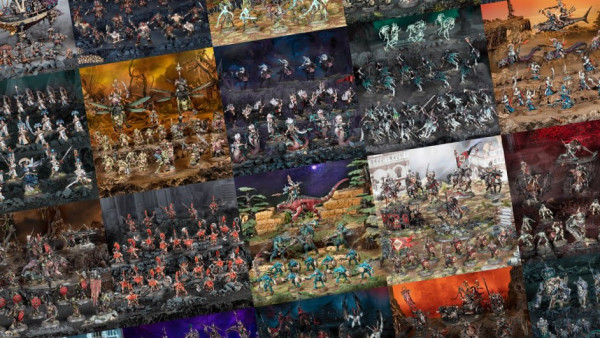
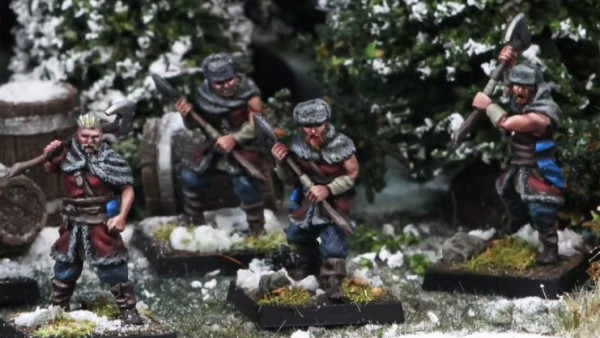
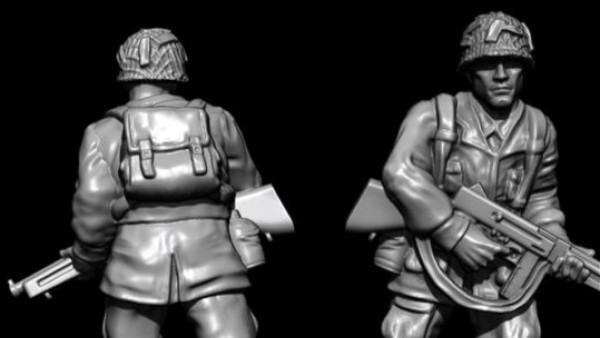
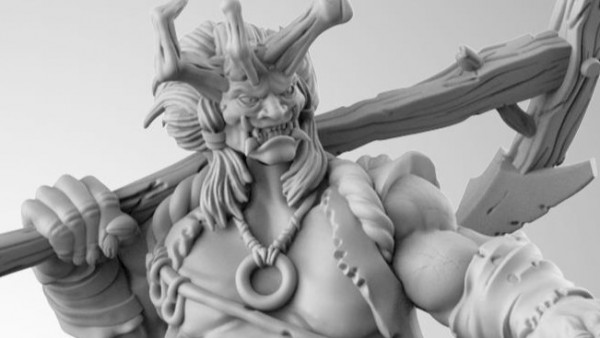
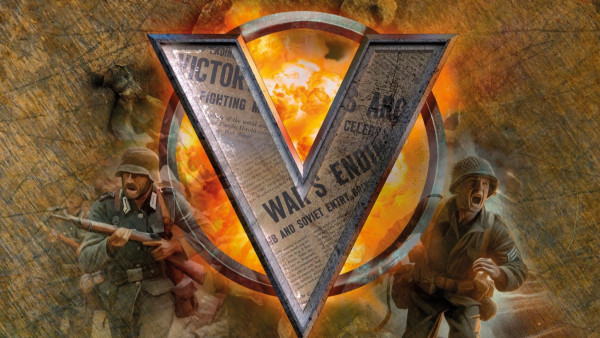
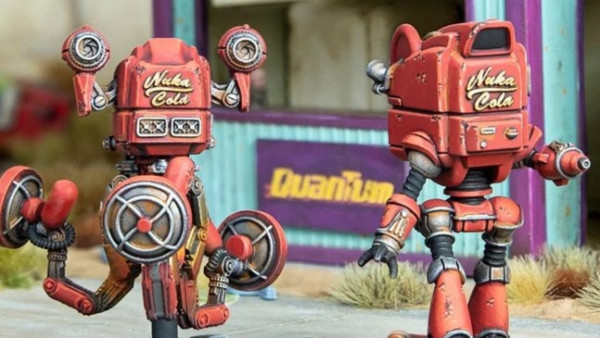
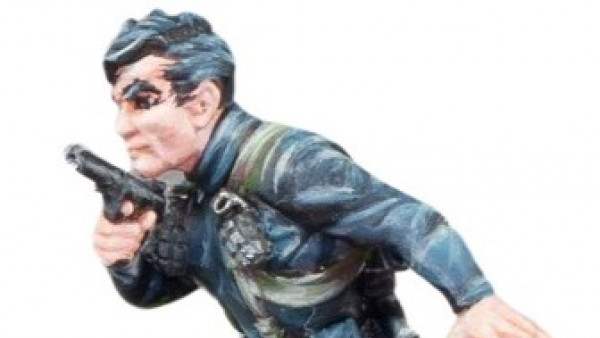
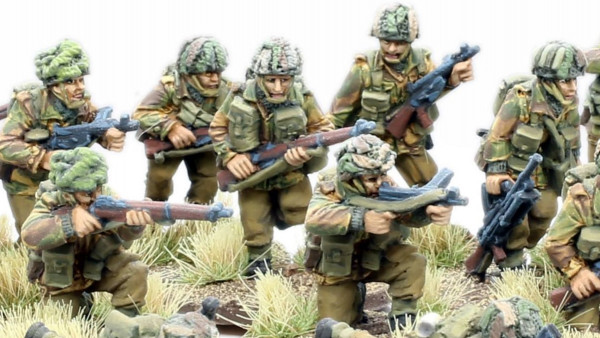
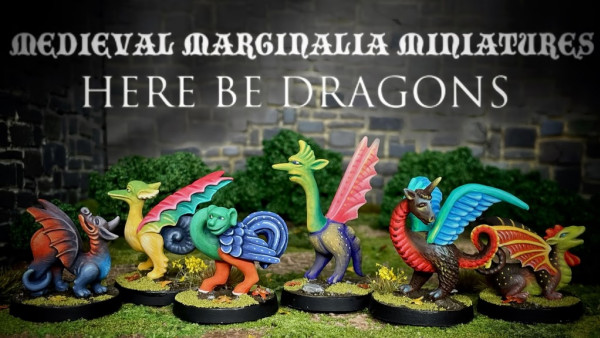
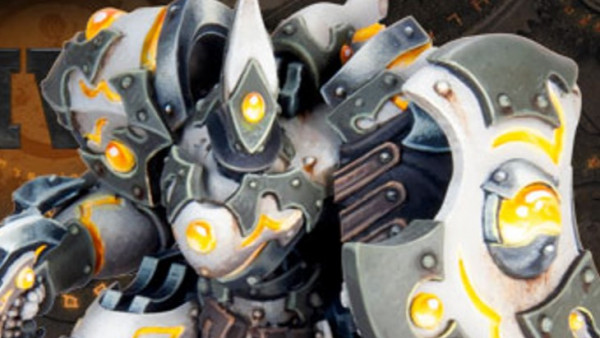
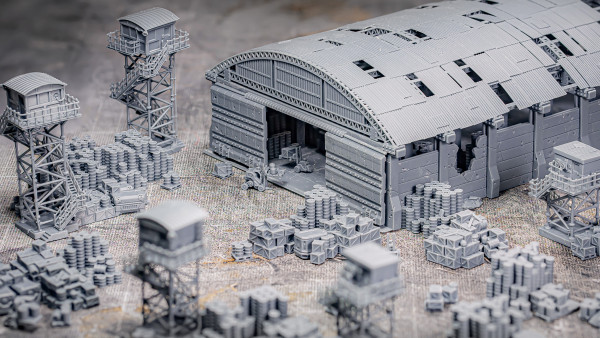

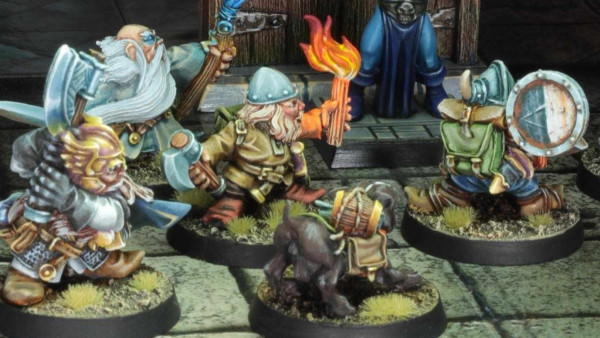
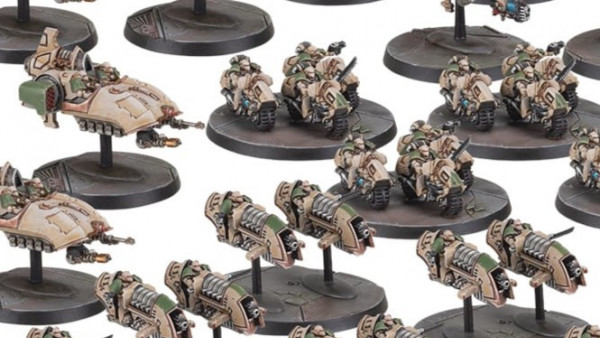
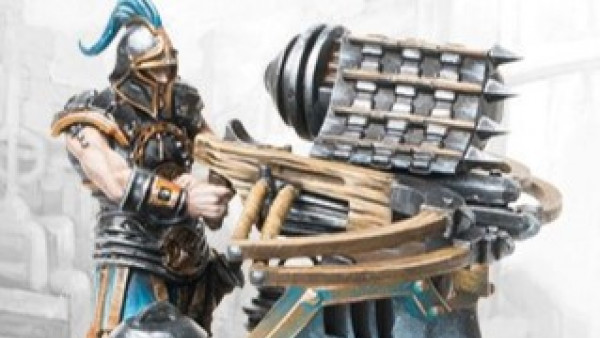
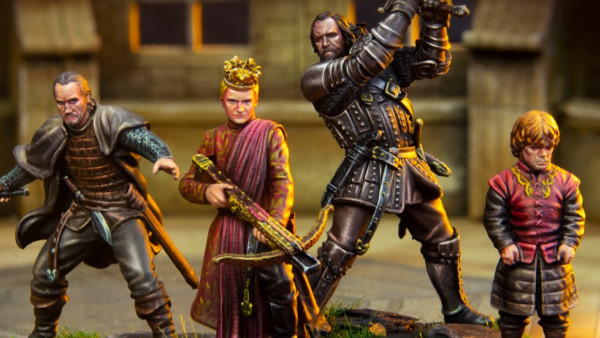

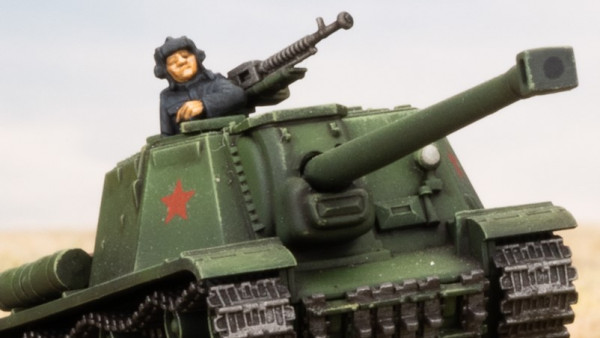
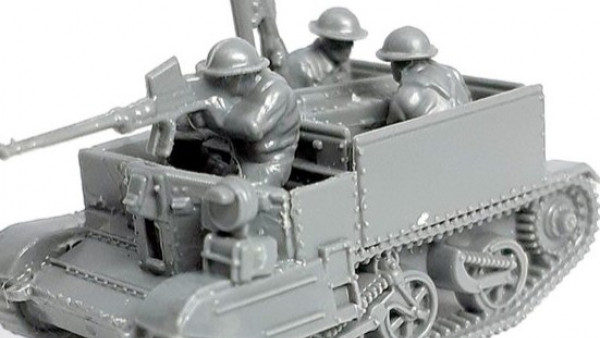
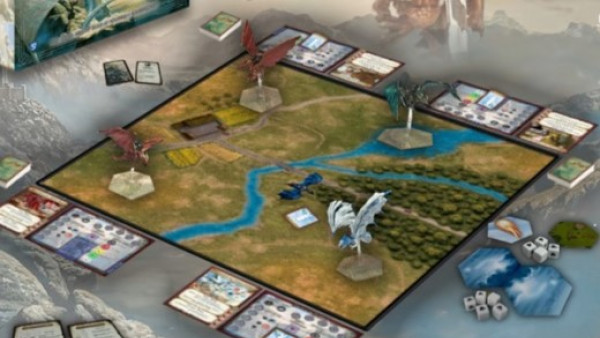
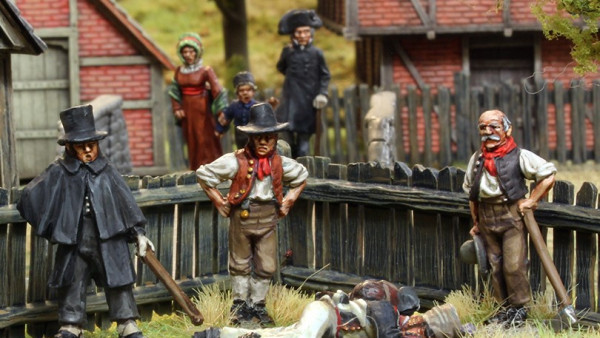

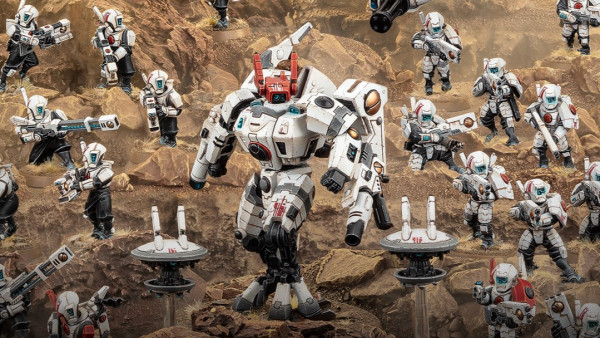
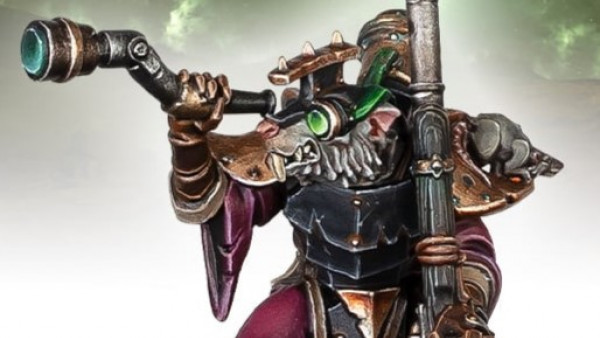
Wow! Great pictures I’ve never seen that one of the wrecked Hiryu before. Looking forward to the last part.
Awesome, thanks very much, @gremlin ! 😀 Yeah, there aren’t that many photos of many of the Japanese ships at Midway. As far as internet searches go, it’s also tough to find photos that aren’t altered too much or are of high resolution quality. As far as the American warships involved, there are almost too many. And paintings too. I swear, if I run across just one more rendition of McClusky’s SBD Dauntlesses bombing the Akagi . . . 🙂 The last part wraps up the battle, discusses some “reasons why” and “what-ifs”, and kicks around some gaming options (or… Read more »
The one thing that still puzzles me is that so many Japanese crews, including high-ranking officers, willingly choose to go down with their ships. I know it is Bushido and such, but still can there be a bigger waste of battle experience than to just let your crack crews commit suicide while they could be saved and use their experience to train and command other ships? I still cannot comprehend why the Japanese command did not think it was prudent to find a way around this… I also think that this was a major part in the abysmal damage control… Read more »
Couldn’t agree more, @ecclesiastes . While the story of Rear-Admiral Yamaguchi and Captain Kaku standing on the bridge as Hiryu went down, remarking on the beauty of the moon (“How bright it shines” … “it must be in its 21st day”) is a nice one, you can’t help but notice it’s also costing the Japanese Navy 50+ years of officer experience. This in a battle that has already cost the Japanese centuries of top naval aviator experience. That one bomb strike on the fantail of the Akagi is estimated to have killed 300 years worth of pilot training (sixty elite… Read more »
I already know what is in part 05 :D:D To the subject, the point of damage control is that you learn by doing. If you let your whole damage control crew go down with the ship, there is no curve, the next crew will just make the same mistakes again…. I think Lexington and Shokaku illustrate this: Lexington went down, but most of her crew got of and US damage control improved accordingly with lessons learned. Shokaku is one of the few Japanese carriers that had time for a learning curve, since she survived Coral Sea, Eastern Solomons and Santa… Read more »
Thanks, @ecclesiastes – If memory serves, and I mean that literally, I don’t have my books with me here at work 😀 . . . Shinano was also sailing with a partial crew? Part of a shakedown cruise or some such? So when she was torpedoed there wasn’t a full crew to enact damage control procedures / watertight compartments, etc. I did read that the after Midway, the Japanese did try to establish some better damage control procedures, training, and equipment (speaking to what you’ve said about Shokaku). I honestly don’t know very much about Taiho, other than the “high… Read more »
All for the honor – a waste – but they did not loose face
Morale and fighting spirit is a tricky thing. It is definitely important, and leading by example IS very important. But it can totally be overdone.
I’ve been thoroughly enjoying this thread and to have it pop up in time for my lunch, brilliant.
Thanks very much @brucelea ! Yeah, I think the team aims for mid-day publication on these articles for best initial reception. 😀 Glad you like the articles so far! One more to go!
Again, I am surprised at how anxious I am about how this will all turn out. Silly, I know, but the writing really keeps me on the edge of my seat even though I know the end of the movie 🙂
Hey, thanks very much @gladesrunner . 😀 Glad you liked it.
Thanks for this – a great read. It has opened my eyes to using miniatures for this sort of wargame… before I would have just used hex sheets and tokens. This has even encouraged me to reach out to some of my old Flat Top team to see what they are up to and if they still wargame (it has been a few years, probably over 30 – I suspect a number of partners might not be pleased).
Thanks, @itchardpirate . Hey, there’s nothing wrong with hex grids and counters, especially with a game like Flat Top. 😀 Still, great miniatures add a much more visceral and visual feel for the tactical aspect. For the overall operational picture, the movements and dispositions between battles, that requires some kind of tracking map. A hex grid, or even a longitude-latitude grid if you feel like getting out a protractor and plotting fleet movements like an actual staff officer! 😀
Another fascinating article from Oriskany – and this episode highlighted two aspects of war that I had not really ever considered before: – the importance of identifying worst case scenarios and then training for to mitigate the effects of them (damage control) – the valuable but difficult to quickly replace training and experience of commanding officers and veteran pilots How often are these aspects of a warfare represented in a tabletop game, I wonder? Rather like politics, logistics, espionage, etc. almost certainly much too abstract or strategically “high level” for an isolated battle or skirmish game, especially at 28mm or… Read more »
Thanks, @aztecjaguar . Great points and great questions. This statement is intended only in the broadest, most summary of terms, but the Japanese military in World War 2 seemed to be “hyperaggresive” in many of its doctrines and design. The Zero fighter was given very fast speed, nimble maneuverability, long range, and immense firepower up to and including 20mm cannon in some variants. But armor plating for the pilot? A self-sealing fuel tank? Just one anecdotal example, but you see my point. Carriers were built to carry as many aircraft and as much ordinance as possible, but never really put… Read more »
Thank you Oriskany for your excellent reply to my post – I feel honoured to receive my very own Oriskany article! You also anticipated my thoughts on other operational mistakes similar to the Japanese Imperial Navy’s limited damage control when their carriers were attacked and damaged: and that would of course being the (probably avoidable) Battle Cruiser losses at the Battle of Jutland in 1916. Here the problem, apparently, was the agressive “keep the big guns firing” orders to the 15″ gun crews on the British Battle Cruisers. This led to the safety procedures (to avoid “Flashbacks” igniting the magazines… Read more »
@aztecjaguar – No worries, sir, and great post! I’m a little less solid on World War I naval history and operations than I am on World War II, but I know the basics (Jutland, Dogger Bank, Heligoland Bank, the U-Boats, the first British aircraft carriers and the first aircraft carrier strikes against German zeppelin bases, etc). You have probably already seen this documentary, but I found it very interesting and informative on the investigations done as to why those British battlecruiser blew up, both investigations at the time, and investigations carried out much more recently with deep sea submersibles on… Read more »
Great read yet again – I did not have time to read it this morning , but I have caught up now
Thanks very much, @rasmus ! 😀 The site in general seems a little quiet today re: comments. Here’s hoping for more tomorrow (across all the topics, not just this one). 😀
“Post-UKgamesExpo Pre-Origins-GenCon” fatigue I guess. Heading off Wednesday myself
Thanks @rasmus . Heading off Thursday myself, a brief trip up to Canada. 😀
Thanks,
Great reading did the japs have radar technology then ?
Cheers Tim
@timp764 – actually no, the Japanese Navy was not equipped with radar at the time. In fact, radar was one of the facors that really helped determine how well USS Yorktown would weather the assaults thrown at her, she always had about 75 miles of warning when a Japanese strike was coming in, and so her fighter protection was always able to take the first big slice out of the incoming Japanese strike. It’s hard to imagine a strike like McClusky’s SBD Dauntless dive-bombers being so insanely successful if the Japanese had radar on those four Japanese carriers or their… Read more »
a great read I think the emotions were to strong with the Japanese pilots out for revenge the radar was the final straw for the last runs. another thing that affected future pilots was the best pilots never returned to the flight schools to pass on the skills learned in combat. @oriskany
Thanks, @zorg . 😀 Indeed, after so much time in combat (I forget what the exact criteria was, it might have been number of combat missions), American pilots were often rotated back to work as instructors. So say you have a thousand pilots, and in the German or Japanese model, you have three pilots that are gods at 100%, but then the other 997 drop off rapidly, until 500 or so are below 10%. The Americans, on the other hand, have a full 1000 (or more), all at 80%. Who’s winning that fight? To be fair, both the German and… Read more »
yes but some of the best German pilots were trained with gliders which would have helped with most of the basic training on the fuel front. @oriskany
@zorg – Earlier in the war, sure. Before Hitler basically shut down the German airborne program after Crete. I don’t think German airborne operations were ever undertaken again. @piers would know for sure on that one.
probably not.
😀
You take Bushido and twist it, then force feed it to a population twisting society. A twisted society can only have twisted views. Such as damage control is beneath a warrior even though you in a brining ship at sea. Radar like the aircraft carrier was having a difficult birth. Yet battle space intelligence was fully appreciated at the time and much effort was placed in gaining it. Scout plans, submarines, fast light cruisers, light cavalry and armored cars were all purpose built to this endeavour. Yet even in the militaries that used it, it was not unilaterally excepted. Perhaps… Read more »
Thanks, @jamesevans140 – The Japanese doctrine and military philosophies in World War 2 are a mystery to me. On one hand they embraced new technology, in other areas they shunned it. Is many ways they led the world in new tactics and doctrine, in others they were throwbacks. And it’s not even a Japanese Army vs. Navy thing, because both had plenty of merits and flaws in these regards. Yamamoto wrote before the war: “Battleships are like religious scrolls old people hang up in their houses. They are a matter of faith, not fact.” So to a large extent the… Read more »
The IJN vs IJA rivalry would have contributed quite a lot to the RADAR issue, since it wasn’t tech that could have immediate proof of value that the two groups could show off, there’s also the whole them not cooperating with their research teams. I don’t think they “shunned” radar so much as they didn’t have any good radar tech throughout the war and so figured they couldn’t rely on it anyway. On the aircraft issue, Japanese pilots experiences during the fighting in Manchuko and China against the highly maneuverable soviet biplanes led them to prize maneuverability over anything else.… Read more »
Great comment, @denythewitch . The IJN vs IJA rivalry would have contributed quite a lot to the RADAR issue, since it wasn’t tech that could have immediate proof of value that the two groups could show off That’s actually a great point. Technology like radar was seen (at the time) in many circles as a “defensive” measure, and since you win wars by ATTACKING people, the militaries of some of the more aggressive nations didn’t immediately see the full applications. The Germans are a good example of this in early WW2. They had radar, they knew how it worked technically,… Read more »
Thanks
It’s been a great series can’t wait for next weeks episode
Cheers
Tim
Thanks very much, @timp764 ! 😀 One more to go!
Great article as always @oriskany . It just puts more emphasis on how wars are won: Information, information, information. You know that you’re enemy is planning a trap and where? Let’s turn it around. You know when the enemy planes are coming? Intercept them. You know where the enemy u-boats are (enigma)? Well send the convoys around. You know the tactics of your enemy (El Alamein)? Let’s fight where those tactics won’t work. Things like these always have a big impression on me. Two seemingly small differences (Radar and breaking the Japanese Codes) made all the difference in the Battle… Read more »
Thanks very much, @bothi ! 😀 It just puts more emphasis on how wars are won: Information, information, information. Knowledge is power, as they say. 😀 In regards to radar and the broken Japanese naval codes, I would agree 100% that these are crucial factors, and that 90% of battles are won or lost before the first shot is fired. That’s doesn’t bode very well for “wargaming,” but it’s honestly true, and speaks to the idea that wargames can never really be completely accurate. Nor should they strive to be, or else they wouldn’t be fun. And just because the… Read more »
The whole Japanese aims, goals and technology thing is a complicated bowl of spaghetti or should I say noodles. Another example comes from them watching the British. They learned the lesson from Tarantino but completely ignored the radar lesson from the battle of Britain. It is a really here take this medicine but don’t touch that it’s a witches brew. Just to add onto @denythewitch comment. Again it’s that twisted Bushido thing again. To the warrior while his sword is his authority and instrument of justice. The speed of the sword is his shield and so a warrior needs no… Read more »
Thanks very much @jamesevans140 – Hold on, the Japanese learned a lesson from Tarantino? Quentin Tarantino? Wow. Was this before or after he made Pulp Fiction 😀 😀 😀 Django Unchained? The Hateful Eight? 😀 😀 Just kidding, I know what you mean. HMS Illustrious making a strike on Taranto. British influence on early IJN doctrine, tech, and shipbuilding is clear and unmistakable. Correct me if I’m wrong, but weren’t some of the ships or guns at 1905 Tsushima straight-out BOUGHT from the British? I’m pretty sure the original Akagi battlecruiser and Kaga battleship designs were based on British influence.… Read more »